Analysis of the Impact of Communication Campaigns under the Project “Syphilis No”: A National Tool for Inducing and Promoting Health
Abstract
1. Introduction
2. Materials and Methods
2.1. Data Identification, Extraction, and Analysis
2.2. Campaign Design
3. Results
3.1. Campaign 1 (2018)
- Figure 6A: Oh, clear the way because I want to get tested;
- Figure 6B: Doctor, I’m not wrong, I’m going to take the test because I love myself;
- Figure 6C: It’s those who use condoms that we like the most;
- Figure 6D: The waters will roll and from syphilis you can be cured;
- Figure 6E: Pierrot in love used a condom and doesn’t cry for Columbine;
- Figure 6F: Are you going to cross the Sahara Desert? Always take a condom with you.
3.2. Campaign 2 (2018–2019)
3.3. Campaign 3 (2020–2021)
- Figure 7A: Syphilis. I know. Do you know? Syphilis doesn’t have to be taboo. Man, your health is important. Take the quick test today. Learn more at sifilisnao.com.br;
- Figure 7B: Syphilis. I know. Do you know? Mothers Day. The greatest gift for a mother is to have her child healthy. Stay tuned, moms: during pregnancy, don’t forget to perform prenatal care and take your quick syphilis test. Learn more at sifilisnao.com.br;
- Figure 7C: Syphilis. I know. Do you know? Drag to the side and know every symptom of syphilis!;
- Figure 7D: Syphilis. I know. Do you know? This carnival redouble care. Avoid agglomerations and have sex with the use of condoms. Syphilis isn’t over either. Learn more at sifilisnao.com.br;
- Figure 7E: Syphilis. I know. Do you know? Click the button and send this post to someone you love. Taking care of health is also a demonstration of love!;
- Figure 7F: Syphilis. I know. Do you know? Manager, I have a message for you! Take care of the health of the population. Offer the test, treat and cure! Learn more at sifilisnao.com.br.
4. Discussion
5. Conclusions
Author Contributions
Funding
Institutional Review Board Statement
Informed Consent Statement
Data Availability Statement
Acknowledgments
Conflicts of Interest
References
- de Andrade, I.G.M.; de Medeiros Valentim, R.A.; de Oliveira, C.A.P. The influence of the No Syphilis Project on congenital syphilis admissions between 2018 and 2019. DST J. Bras. Doenças Sex. Transm. 2020, 32, e203205. [Google Scholar] [CrossRef]
- Pinto, R.; Valentim, R.; da Silva, L.F.; de Souza, G.F.; de Moura Santos Lima, T.G.F.; de Oliveira, C.A.P.; dos Santos, M.M.; Miranda, A.E.; Cunha-Oliveira, A.; Kumar, V.; et al. Use of Interrupted Time Series Analysis in Understanding the Course of the Congenital Syphilis Epidemic in Brazil. Lancet Reg. Health Am. 2022, 7, 100163. [Google Scholar] [CrossRef]
- Almeida, M.C.D.; Cordeiro, A.M.R.; Cunha-Oliveira, A.; Barros, D.M.S.; Santos, D.G.S.M.; Lima, T.S.; Valentim, R.A.M. Syphilis response policies and their assessments: A scoping review. Front. Public Health 2022, 10, 2245. [Google Scholar] [CrossRef] [PubMed]
- Valentim, R.A.M.; Caldeira-Silva, G.J.P.; da Silva, R.D.; Albuquerque, G.A.; de Andrade, I.G.M.; Sales-Moioli, A.I.L.; Pinto, T.K.d.B.; Miranda, A.E.; Galvão-Lima, L.J.; Cruz, A.S.; et al. Stochastic Petri net model describing the relationship between reported maternal and congenital syphilis cases in Brazil. BMC Med. Inform. Decis. Mak. 2022, 22, 40. [Google Scholar] [CrossRef]
- de Brito Pinto, T.K.; da Cunha-Oliveira, A.C.G.D.P.; Sales-Moioli, A.I.L.; Dantas, J.F.; da Costa, R.M.M.; Silva Moura, J.P.; Gómez-Cantarino, S.; Valentim, R.A.d.M. Clinical Protocols and Treatment Guidelines for the Management of Maternal and Congenital Syphilis in Brazil and Portugal: Analysis and Comparisons: A Narrative Review. Int. J. Environ. Res. Public Health 2022, 19, 513. [Google Scholar] [CrossRef] [PubMed]
- Luo, Z.; Ding, Y.; Yuan, J.; Wu, Q.; Tian, L.; Zhang, L.; Li, B.; Mou, J. Predictors of Seronegative Conversion After Centralized Management of Syphilis Patients in Shenzhen, China. Front. Public Health 2021, 9, 755037. [Google Scholar] [CrossRef] [PubMed]
- Brasil. Boletim Epidemiológico de Sífilis 2021. 2021. Available online: https://www.gov.br/saude/pt-br/centrais-de-conteudo/publicacoes/boletins/epidemiologicos/especiais/2021/boletim_sifilis-2021_internet.pdf (accessed on 13 November 2022).
- World Health Organization. Global Health Sector Strategy on Sexually Transmitted Infections 2016–2021: Toward Ending STIs (No. WHO/RHR/16.09). Available online: https://www.who.int/publications/i/item/WHO-RHR-16.09 (accessed on 1 September 2022).
- Brasil. Tribunal de Contas da União. Acórdão nº 2019/2017. Plenário. Relator: Bruno Dantas. Sessão de 13/09/2017. Available online: https://pesquisa.apps.tcu.gov.br/#/documento/acordao-completo/3030020169.PROC/%2520/DTRELEVANCIA%2520desc%252C%2520NUMACORDAOINT%2520desc/0/sinonimos%253Dfalse (accessed on 1 September 2022).
- de Medeiros Valentim, R.A.; Oliveira, A.C.; de Pinho Dias, A.; da Silva Gomes Oliveira, E.; da Silva Valentim, J.L.R.; Moreira, J.A.M.; Coutinho, K.D.; da Graça Dias do Carmo Trindade, S.M.; Bonfim, M.A.A. Educommunication as a strategy to face syphilis: An analysis of the open educational resources available at AVASUS. Braz. J. Sex. Transm. Dis. 2021, 33, 1–5. [Google Scholar]
- de Morais Pinto, R.; de Medeiros Valentim, R.A.; da Silva, L.F.; de Moura Santos Lima, T.G.F.; Kumar, V.; de Oliveira, C.A.P.; de Gusmão, C.M.G.; de Paiva, J.C.; de Andrade, I. Analyzing the reach of public health campaigns based on multidimensional aspects: The case of the syphilis epidemic in Brazil. BMC Public Health 2021, 21, 1632. [Google Scholar] [CrossRef] [PubMed]
- da Rocha, M.A.; dos Santos, M.M.; Fontes, R.S.; de Melo, A.S.P.; Cunha-Oliveira, A.; Miranda, A.E.; de Oliveira, C.A.P.; Oliveira, H.G.; Gusmão, C.M.G.; Lima, T.G.F.M.S.; et al. The Text Mining Technique Applied to the Analysis of Health Interventions to Combat Congenital Syphilis in Brazil: The Case of the “Syphilis No!” Project. Front. Public Health 2022, 10, 855680. [Google Scholar] [CrossRef] [PubMed]
- Caitano, A.R.; Gusmão, C.M.G.; Dias-Trindade, S.; Barbalho, I.M.P.; Morais, P.S.G.; Caldeira-Silva, G.J.P.; Romão, M.H.; Valentim, J.L.R.S.; Dias, A.P.; Alcoforado, J.L.M.; et al. Massive health education through technological mediation: Analyses and impacts on the syphilis epidemic in Brazil. Front. Public Health 2022, 10, 944213. [Google Scholar] [CrossRef] [PubMed]
- Pinto, R.; Silva, L.; Valentim, R.; Oliveira, C.; Lacerda, J.; Silva, R.; Paiva, J.; Kumar, V. Assessing the Impact of Public Health Campaigns Through Epidemiological, Communication and Education Indicators. In Proceedings of the 2020 IEEE 20th International Conference on Advanced Learning Technologies (ICALT), Tartu, Estonia, 6–9 July 2020; pp. 147–149. [Google Scholar] [CrossRef]
- Duplaga, M. Perception of the Effectiveness of Health-related Campaigns among the Adult Population: An Analysis of Determinants. Int. J. Environ. Res. Public Health 2019, 16, 791. [Google Scholar] [CrossRef] [PubMed]
- Corcoran, N.; Corcoran, S. Social and Psychological Factors; SAGE Publications, Ltd.: Thousand Oaks, CA, USA, 2013; pp. 29–50. [Google Scholar] [CrossRef]
- de Araújo, I.S.; Cardoso, J.M.; Murtinho, R. A Comunicação no Sistema Único de Saúde: Cenários e tendências. Revista Latinoamericana de Ciencias de la Comunicación, 25 March 2011. [Google Scholar]
- Cox, V. Exploratory Data Analysis; Apress: Berkeley, CA, USA, 2017; pp. 47–74. [Google Scholar] [CrossRef]
- Lacerda, J.; Muneiro, L.C.; Júnior, M.O.; Araújo, K.; Paiva, J. Campanha de Combate à Sífilis 2018-2019: Das Condições de Produção às Estratégias Comunicativas; Escola de Comunicações e Artes da Universidade de São Paulo: São Paulo, Brazil, 2019; pp. 162–176. [Google Scholar]
- Projeto “Sífilis Não”. A Campanha. Available online: https://sifilisnao.com.br/#campanhasanteriores (accessed on 1 September 2022).
- Martins, A.V. Experiência das Narrativas Cross e Transmidiáticas no Webjornalismo. Logos 2011, 18, 1226. [Google Scholar] [CrossRef]
- Lewis, S.C.; Westlund, O. Actors, Actants, Audiences, and Activities in Cross-Media News Work. Dig. J. 2016, 3, 19–37. [Google Scholar] [CrossRef]
- Massarolo, J.C.; Mesquita, D. Reflexões teóricas e metodológicas sobre as narrativas transmídia. Lumina 2014, 8. [Google Scholar] [CrossRef]
- Scolari, C.A. Narrativas transmídia: Consumidores implícitos, mundos narrativos e branding na produção de míidia contemporânea. Parágrafo 2015, 3, 7–20. [Google Scholar]
- Junior, M.O.; Araújo, K.; Lacerda, J.; Alves, M.; Oliveira, C.; Rêgo, C.; Muneiro, L. The Process of Transforming Advertising Videos into Open Educational Resources: The Case of the “No Syphilis” Project 2019. In Proceedings of the 2019 ICDE World Conference on Online Learning; Dublin City University: Dublin, Ireland, 2020; Volume 1, pp. 673–680. [Google Scholar]
- Martini, M.R.; Costa, J.N. Algoritmos no Facebook: Como entendê-los e considerá-los na produção de notícias. Rev. Alterjor 2019, 20, 148–161. [Google Scholar]
- de Lima Paiva, J.C. Medição de Desempenho em Processos de Comunicação para Promoção à Saúde: Estudo de caso no Projeto “Sífilis Não”. Master’s Thesis, Universidade Federal do Rio Grande do Norte, Natal, Brazil, 2021. [Google Scholar]
- A comunicação em projetos de TI: Uma análise comparativa das equipes de sistemas e de negócios. Production 2007, 17, 330–342. [CrossRef][Green Version]
- Merminod, G.; Benaroyo, L. Ethical issues in public health communication: Practical suggestions from a qualitative study on campaigns about organ donation in Switzerland. Patient Educ. Counsel. 2022, 105, 881–886. [Google Scholar] [CrossRef] [PubMed]
- Ardévol-Abreu, A.; de Zúñiga, H.G.; McCombs, M.E. Orígenes y desarrollo de la teoría de la agenda setting en Comunicación. Tendencias en España (2014–2019). Prof. Inf. 2020, 29. [Google Scholar] [CrossRef]
- Robinson, M.N.; Tansil, K.A.; Elder, R.W.; Soler, R.E.; Labre, M.P.; Mercer, S.L.; Eroglu, D.; Baur, C.; Lyon-Daniel, K.; Fridinger, F.; et al. Mass Media Health Communication Campaigns Combined with Health-Related Product Distribution. Am. J. Prev. Med. 2014, 47, 360–371. [Google Scholar] [CrossRef] [PubMed]
- Brasil. Indicadores e Dados Básicos da Sífilis nos Municípios Brasileiros. Available online: http://indicadoressifilis.aids.gov.br/ (accessed on 1 September 2022).
- McCombs, M. Teoria da Agenda: A Mídia e a Opinião Pública, 1st ed.; Vozes: Petrópolis, Brazil, 2009; pp. 1–240. [Google Scholar]
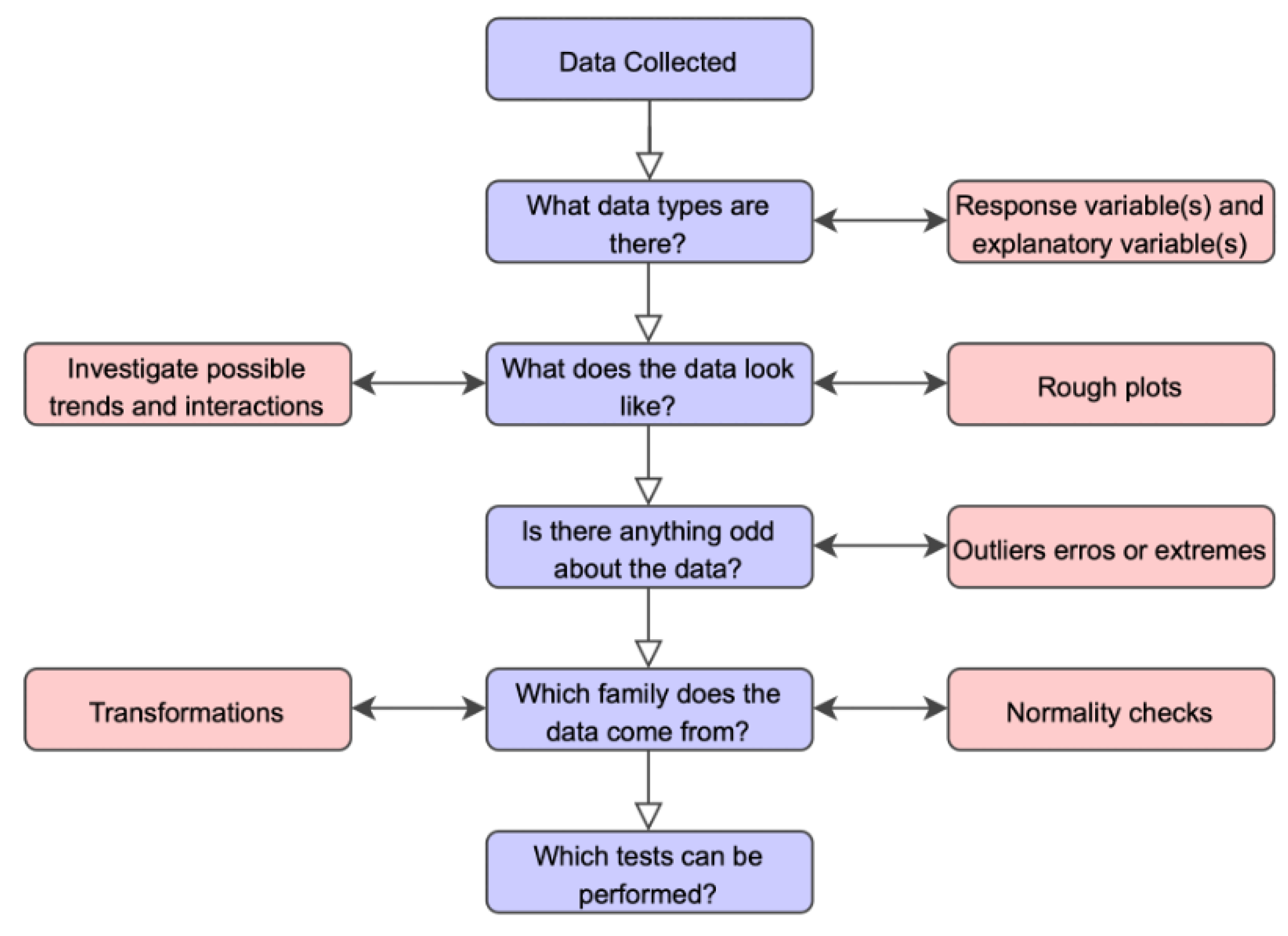

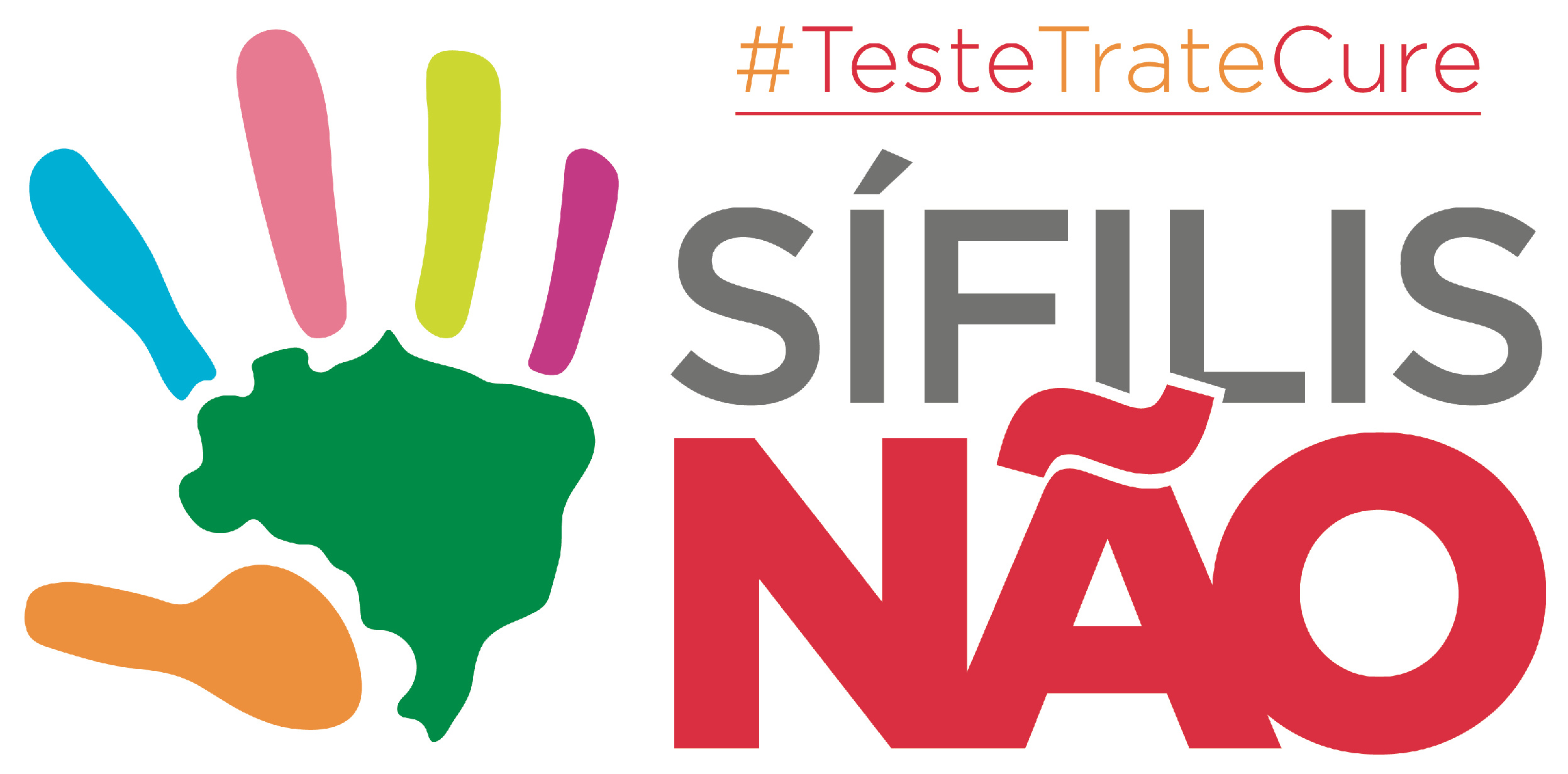
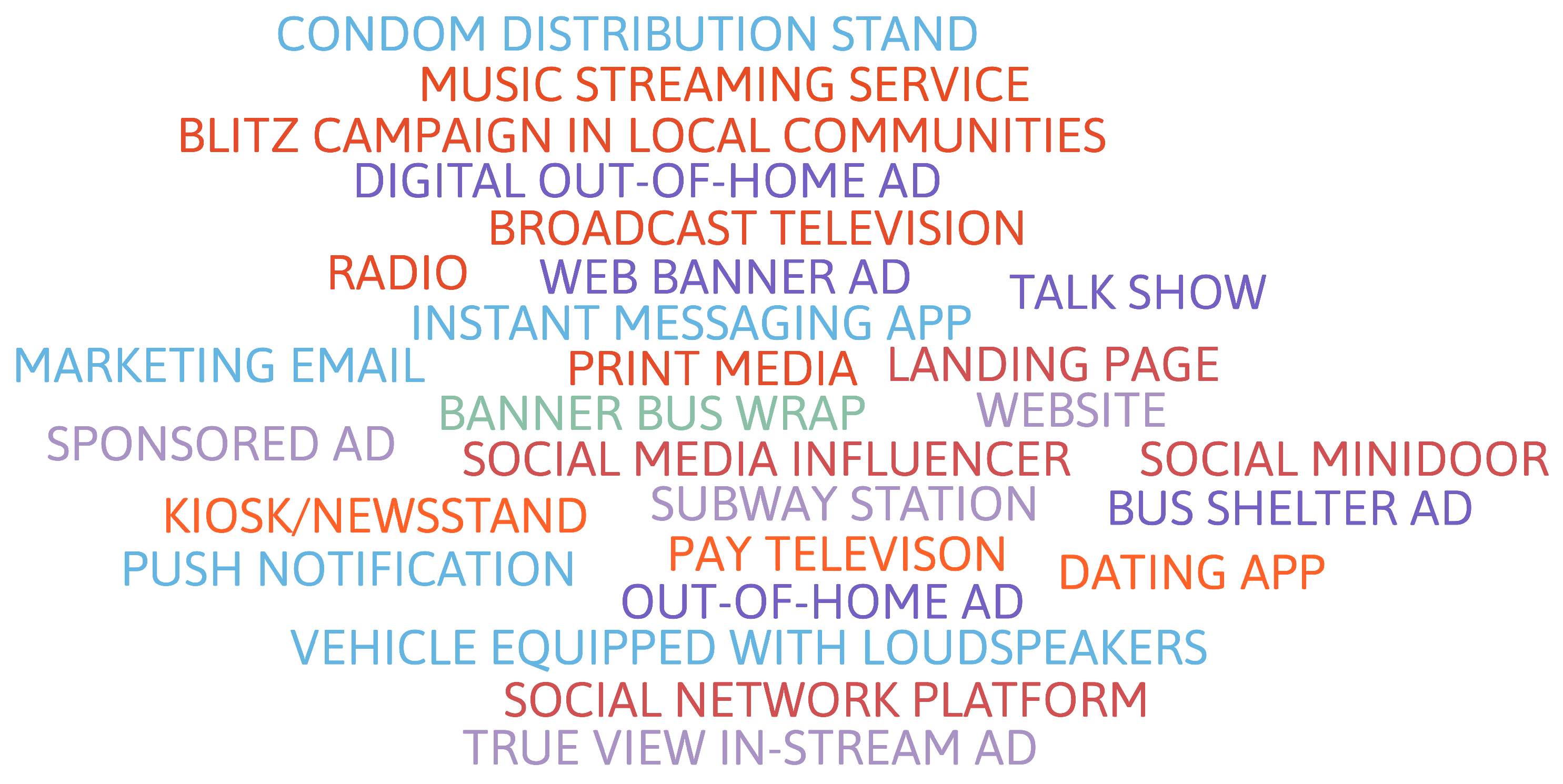

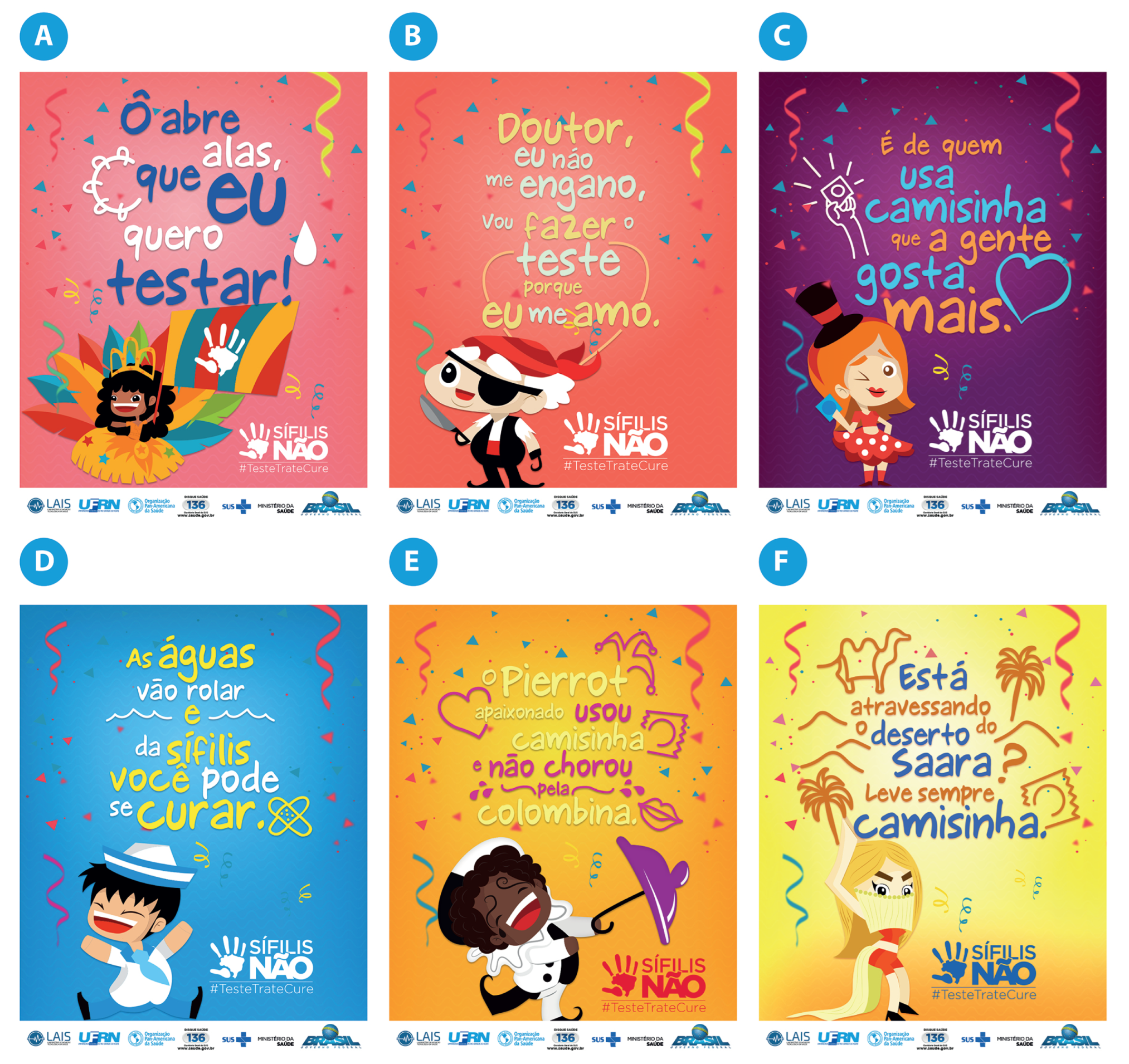
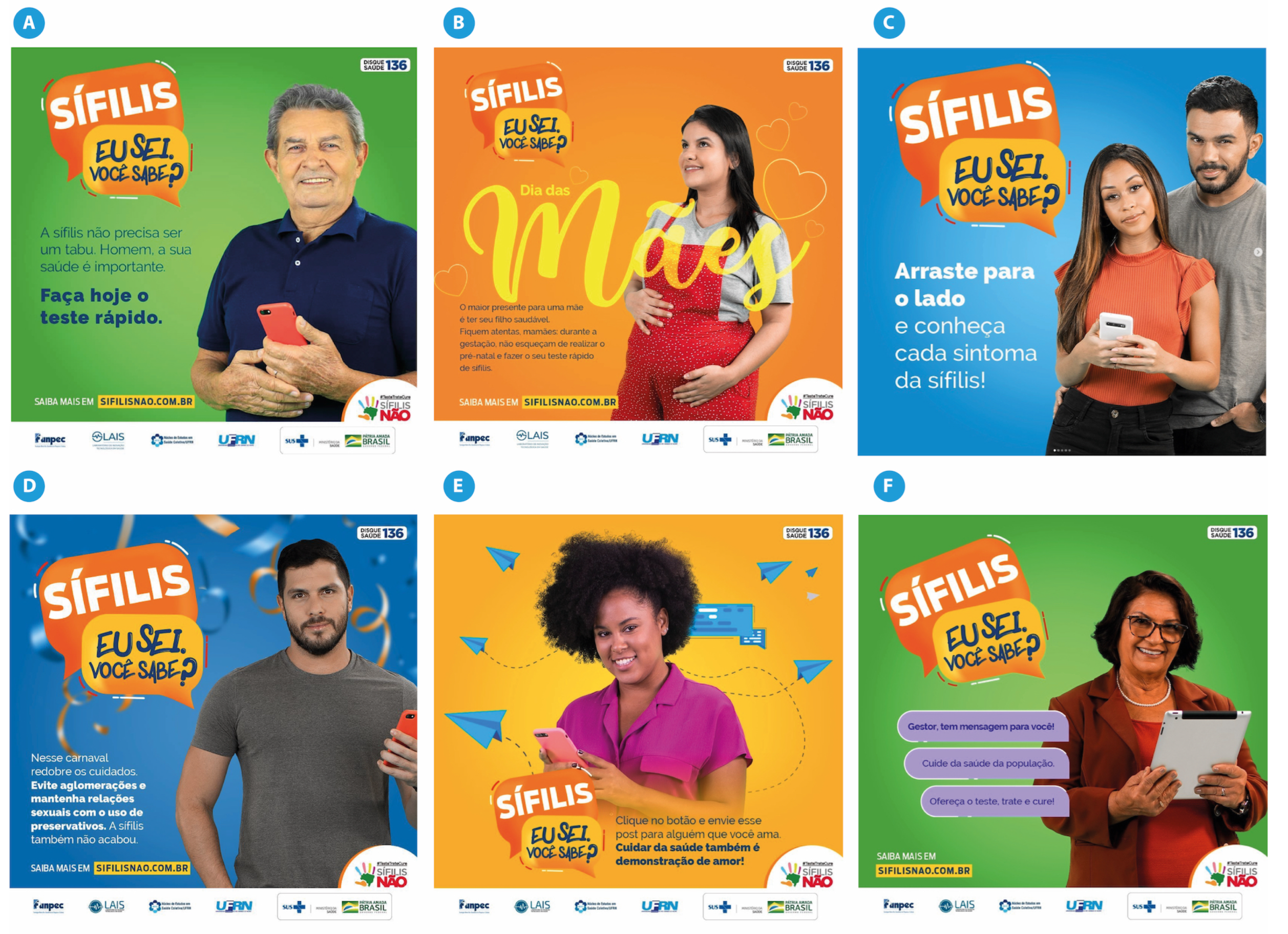
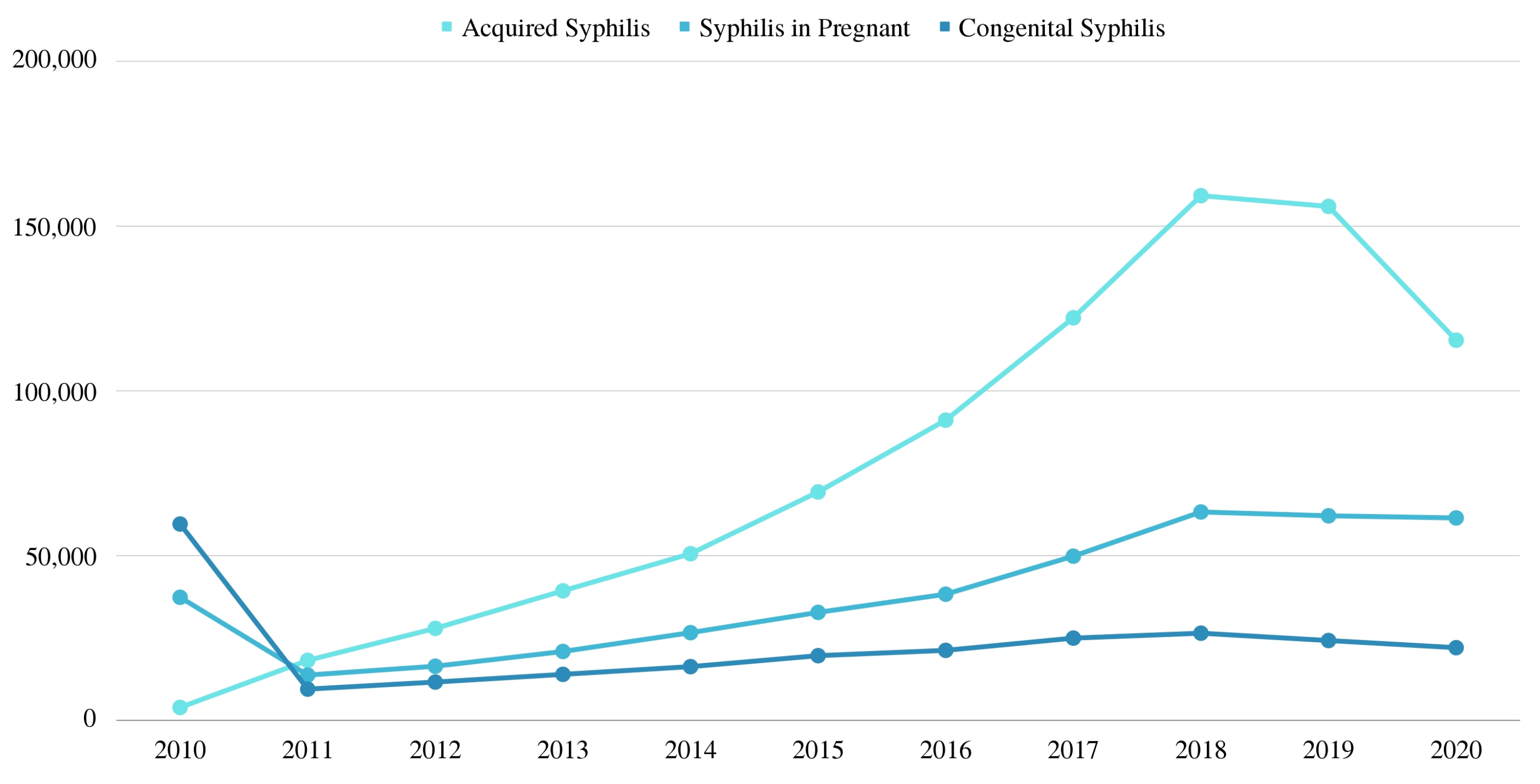
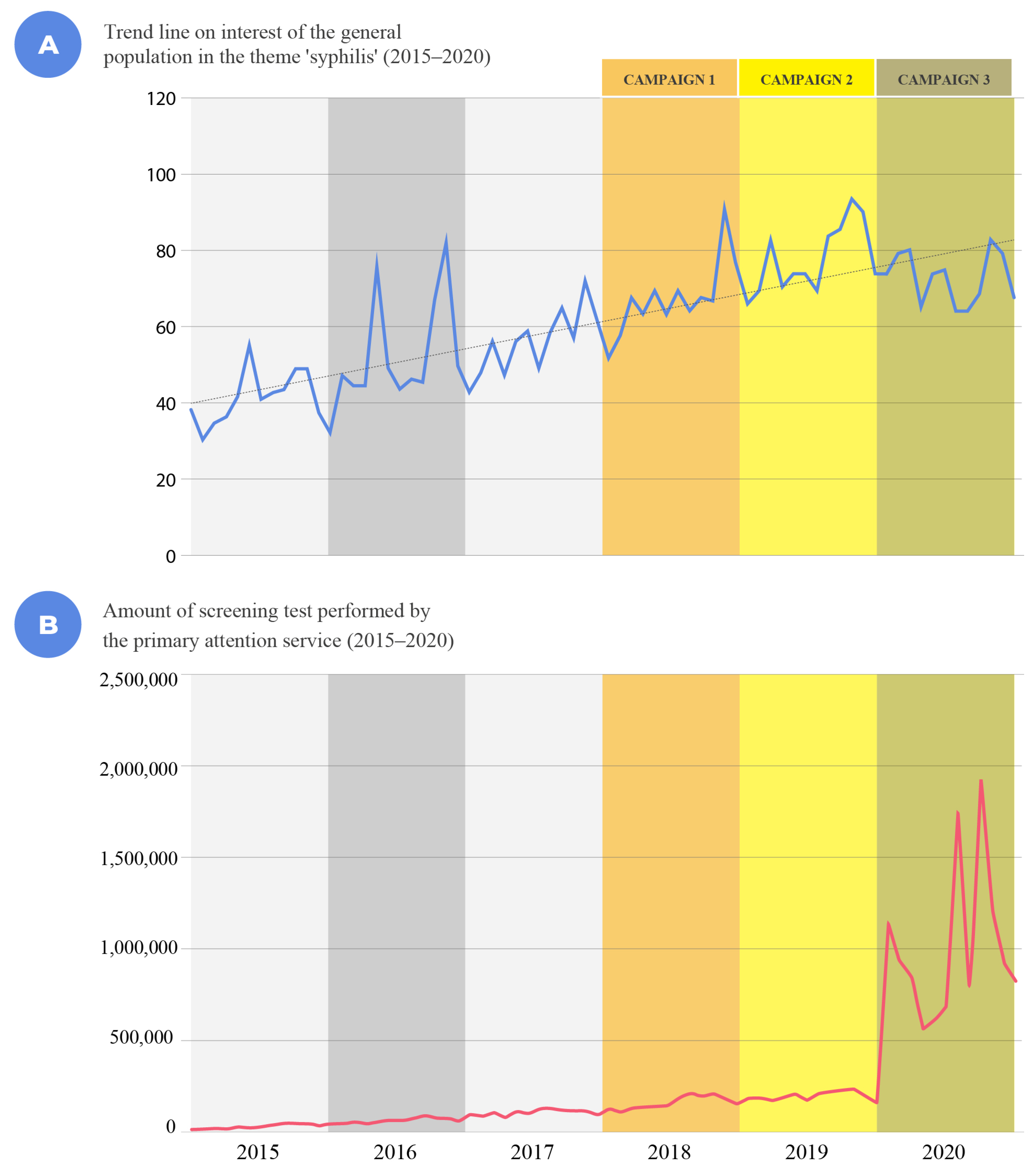
| Year | Theme | Focus | Target Audience |
|---|---|---|---|
| 2018 | “Syphilis No” #TestTreatCure | Carnival | Carnival, Key, and Priority Populations |
| 2018–2019 | “Remember to take care of yourself” | Prevention, testing, and treatment | General population and key and priority populations |
| 2020–2021 | “I know. Do you know?” | Prevention, testing, and treatment | General population and key and priority populations |
| Target Audience | Detailing |
|---|---|
| General population | - |
| Men | - |
| Managers | - |
| Health Professionals | - |
| Women/pregnant women | - |
| Sexual partners | - |
| Priority populations | Adolescents and young adults, Black people and people of color, Indigenous people, people experiencing homelessness. |
| Key populations | Persons deprived of liberty, people who use alcohol or drugs, gay people and MSM, transgender people, sex workers. |
| City/State | Media Type | Description |
|---|---|---|
| Roraima/TO | Poster | Produced by the Basic Health Unit (UBS) team to raise awareness about protection against syphilis in the territory |
| São Paulo/SP | Manual materials | Material developed by health professionals to be delivered to UBS users during the strategies in the month of green October 2021 |
| Pirituba/SP | Prize engraving | Award received for the green October campaign to combat congenital syphilis carried out in the region |
| Beryl/MG | Banner | To distribute the week’s strategies to combat syphilis to the health units of the municipality, which took place from 25 October to 29 October 2021. https://berilo.mg.gov.br/sifilis-nao-/, accessed on: 18 October 2022 |
| Natal/RN | Shirts | Strategy promoted by Cidade Praia’s basic health team to raise awareness of syphilis |
| Broadcaster | Channel Type | Binding Times (Breaks) | Public |
|---|---|---|---|
| Rede Globo | Open | Jornal Nacional, Hora Um, Encontro e Novelas | General |
| SBT | Open | SBT Brasil, A Praça é Nossa, Novela, Programa do Ratinho, Sábado Animado | General |
| Record | Open | Fala Brasil, Novela, Hoje em dia e Jornal da Record | General |
| Band | Open | Melhor da Tarde e Jogo Aberto | General |
| AMC Brazil | Closed | - | Young people (15 to 24 years old), gay men, MSM and men (20 to 35 years old) |
| HBO | Closed | - | Young people (15 to 24 years old), gay men, MSM and men (20 to 35 years old) |
| Communication Strategy | Number/Quantity | Unit of Measurement |
|---|---|---|
| Television | 16,374,777 | spectators reached |
| Print (two magazines) | 10,800,000 | impressions |
| Posters | 193,500 | distributed |
| Folders | 770,000 | distributed |
| Stickers | 770,000 | distributed |
| Radio + Streaming | 4,141,527 | audience reached |
| Video clip “Sem Vacilação” | 150,000 | views |
| Pamphlet + condoms distributed | 38,000 pamphlets, 8000 condoms | people reached |
| Sound car | 9440 | hours |
| Street Furniture (1610 faces) | 630,219,491 | estimated impact (per week) |
| Digital Influencers | 322,240,364 | impact (on 10 digital social media accounts) |
Publisher’s Note: MDPI stays neutral with regard to jurisdictional claims in published maps and institutional affiliations. |
© 2022 by the authors. Licensee MDPI, Basel, Switzerland. This article is an open access article distributed under the terms and conditions of the Creative Commons Attribution (CC BY) license (https://creativecommons.org/licenses/by/4.0/).
Share and Cite
Paiva, J.C.d.L.; Dias-Trindade, S.; Gonzalez, M.O.A.; Barros, D.M.d.S.; Cardoso, P.H.; Bezerra, P.H.C.; Lima, T.G.F.d.M.S.; Lacerda, J.d.S.; Muneiro, L.C.; Cunha-Oliveira, A.; et al. Analysis of the Impact of Communication Campaigns under the Project “Syphilis No”: A National Tool for Inducing and Promoting Health. Int. J. Environ. Res. Public Health 2022, 19, 15884. https://doi.org/10.3390/ijerph192315884
Paiva JCdL, Dias-Trindade S, Gonzalez MOA, Barros DMdS, Cardoso PH, Bezerra PHC, Lima TGFdMS, Lacerda JdS, Muneiro LC, Cunha-Oliveira A, et al. Analysis of the Impact of Communication Campaigns under the Project “Syphilis No”: A National Tool for Inducing and Promoting Health. International Journal of Environmental Research and Public Health. 2022; 19(23):15884. https://doi.org/10.3390/ijerph192315884
Chicago/Turabian StylePaiva, Jordana Crislayne de Lima, Sara Dias-Trindade, Mario Orestes Aguirre Gonzalez, Daniele Montenegro da Silva Barros, Pablo Holanda Cardoso, Pedro Henrique Castro Bezerra, Thaisa Gois Farias de Moura Santos Lima, Juciano de Sousa Lacerda, Lilian Carla Muneiro, Aliete Cunha-Oliveira, and et al. 2022. "Analysis of the Impact of Communication Campaigns under the Project “Syphilis No”: A National Tool for Inducing and Promoting Health" International Journal of Environmental Research and Public Health 19, no. 23: 15884. https://doi.org/10.3390/ijerph192315884
APA StylePaiva, J. C. d. L., Dias-Trindade, S., Gonzalez, M. O. A., Barros, D. M. d. S., Cardoso, P. H., Bezerra, P. H. C., Lima, T. G. F. d. M. S., Lacerda, J. d. S., Muneiro, L. C., Cunha-Oliveira, A., Camarneiro, A. P., Barbalho, I. M. P., & Valentim, R. A. d. M. (2022). Analysis of the Impact of Communication Campaigns under the Project “Syphilis No”: A National Tool for Inducing and Promoting Health. International Journal of Environmental Research and Public Health, 19(23), 15884. https://doi.org/10.3390/ijerph192315884









